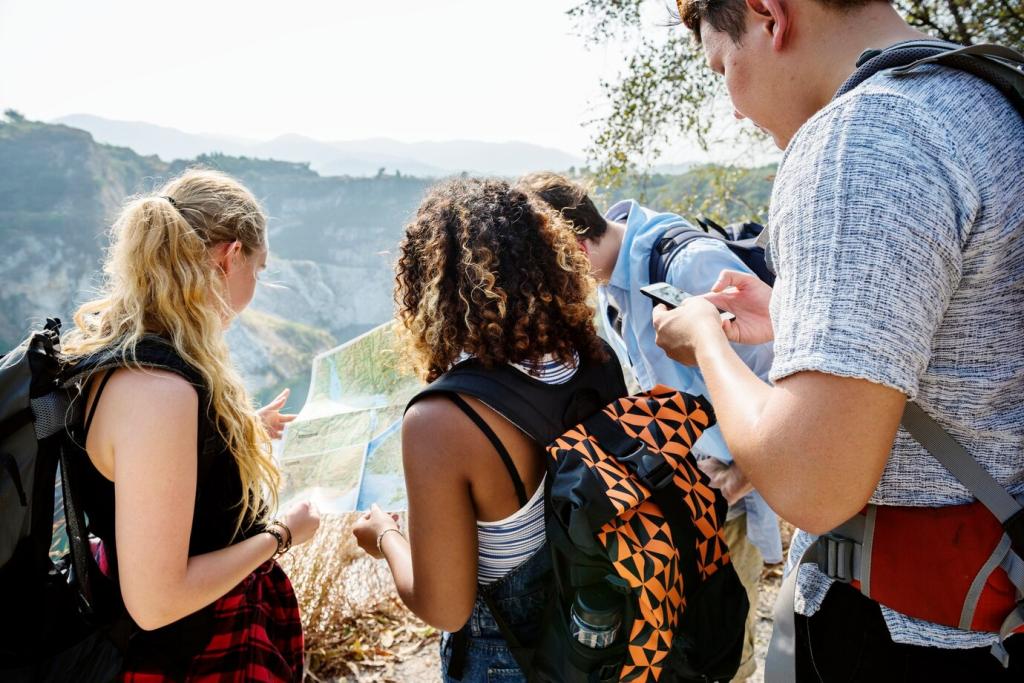Wildlife Etiquette and Leave No Trace
Give animals space, use quiet voices, and rely on binoculars rather than approaching closely. Patience rewards you with authentic behavior—an egret hunting or foxes playing—while your restraint helps sensitive species conserve energy and maintain vital daily routines.
Wildlife Etiquette and Leave No Trace
Stay on marked paths to safeguard delicate soils and seedlings. Step over puddles, not around them, to prevent trail widening, and brush mud off later. Tiny choices add up, preserving nesting sites, rare mosses, and butterfly host plants hidden beside your boots.




